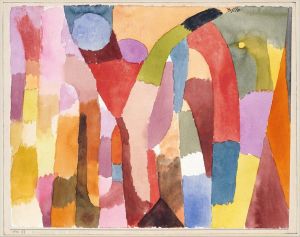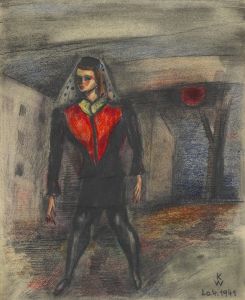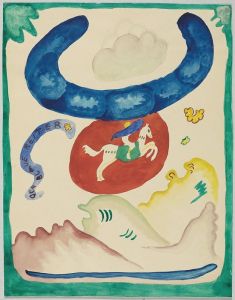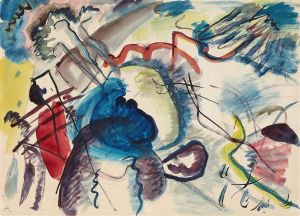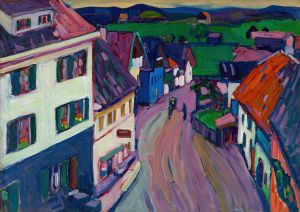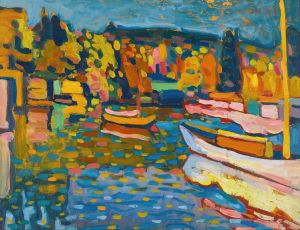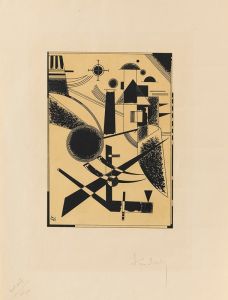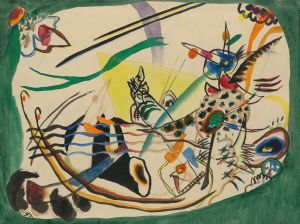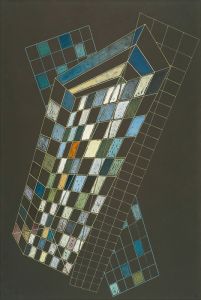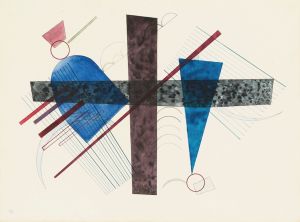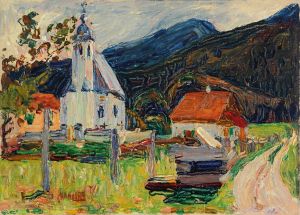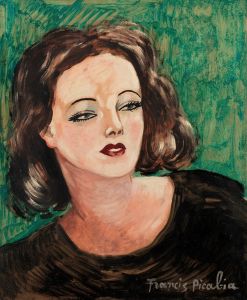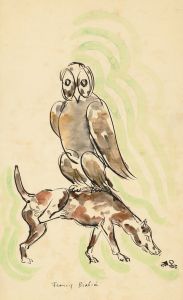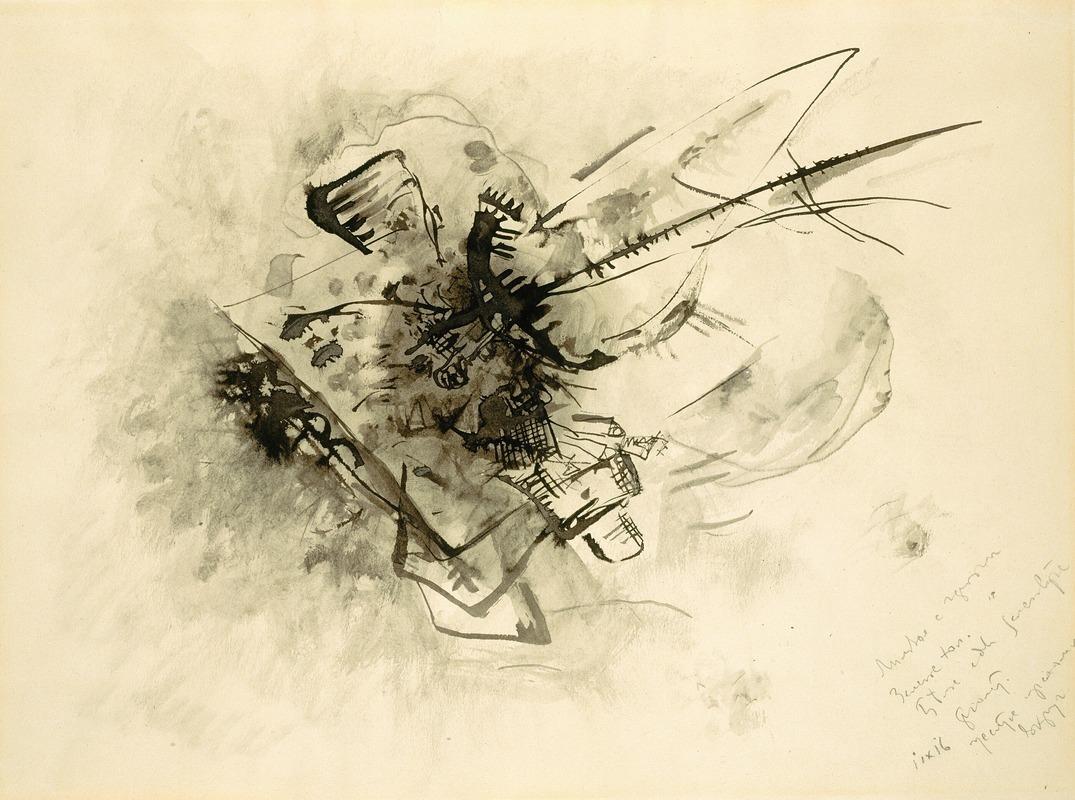
Untitled
A hand-painted replica of Wassily Kandinsky’s masterpiece Untitled, meticulously crafted by professional artists to capture the true essence of the original. Each piece is created with museum-quality canvas and rare mineral pigments, carefully painted by experienced artists with delicate brushstrokes and rich, layered colors to perfectly recreate the texture of the original artwork. Unlike machine-printed reproductions, this hand-painted version brings the painting to life, infused with the artist’s emotions and skill in every stroke. Whether for personal collection or home decoration, it instantly elevates the artistic atmosphere of any space.
Wassily Kandinsky, a pioneering figure in abstract art, created numerous works throughout his career that have left a lasting impact on the art world. However, without specific details about which "Untitled" work by Kandinsky is being referred to, it is challenging to provide a detailed description or analysis. Kandinsky's oeuvre includes many untitled pieces, each with its own unique characteristics and historical context.
Kandinsky was born on December 16, 1866, in Moscow, Russia, and he initially pursued a career in law and economics. However, he abandoned this path to study art in Munich, Germany, in 1896. His early works were influenced by Impressionism and Post-Impressionism, but he gradually moved towards abstraction, becoming one of the first artists to explore non-representational art.
Throughout his career, Kandinsky was associated with several influential art movements and groups. He was a founding member of the Munich-based group Der Blaue Reiter (The Blue Rider), which was active from 1911 to 1914. This group sought to express spiritual truths through art and emphasized the use of color and form to convey emotion. Kandinsky's work during this period was characterized by bold colors and dynamic compositions, often incorporating elements of symbolism and mysticism.
Kandinsky's theoretical contributions to art are as significant as his paintings. His book "Concerning the Spiritual in Art," published in 1911, outlines his ideas about the emotional and spiritual power of color and form. He believed that art should transcend mere representation and evoke a deeper, more universal response from the viewer.
After World War I, Kandinsky returned to Russia, where he was involved in the cultural and artistic developments of the Russian avant-garde. However, due to the increasingly restrictive political climate, he left Russia in 1921 and moved to Germany. There, he joined the Bauhaus, an influential school of art, design, and architecture, where he taught until its closure in 1933 by the Nazi regime. During his time at the Bauhaus, Kandinsky's work became more geometric and precise, reflecting the school's emphasis on functionalism and design.
In 1933, Kandinsky moved to France, where he spent the remainder of his life. His later works continued to explore abstract forms and vibrant colors, often incorporating biomorphic shapes and a sense of playful spontaneity. Kandinsky passed away on December 13, 1944, in Neuilly-sur-Seine, France.
Without specific information about the particular "Untitled" work in question, it is difficult to provide a detailed analysis. Kandinsky's untitled works vary widely in style and composition, reflecting the different phases of his artistic journey. Each piece, however, embodies his commitment to abstraction and his belief in the transformative power of art.
Kandinsky's legacy is profound, as he is often credited with being one of the first artists to create purely abstract works. His influence extends beyond painting, impacting various fields such as music, theater, and design. Today, Kandinsky's works are held in major museums and collections worldwide, continuing to inspire and challenge viewers with their innovative use of color, form, and composition.





